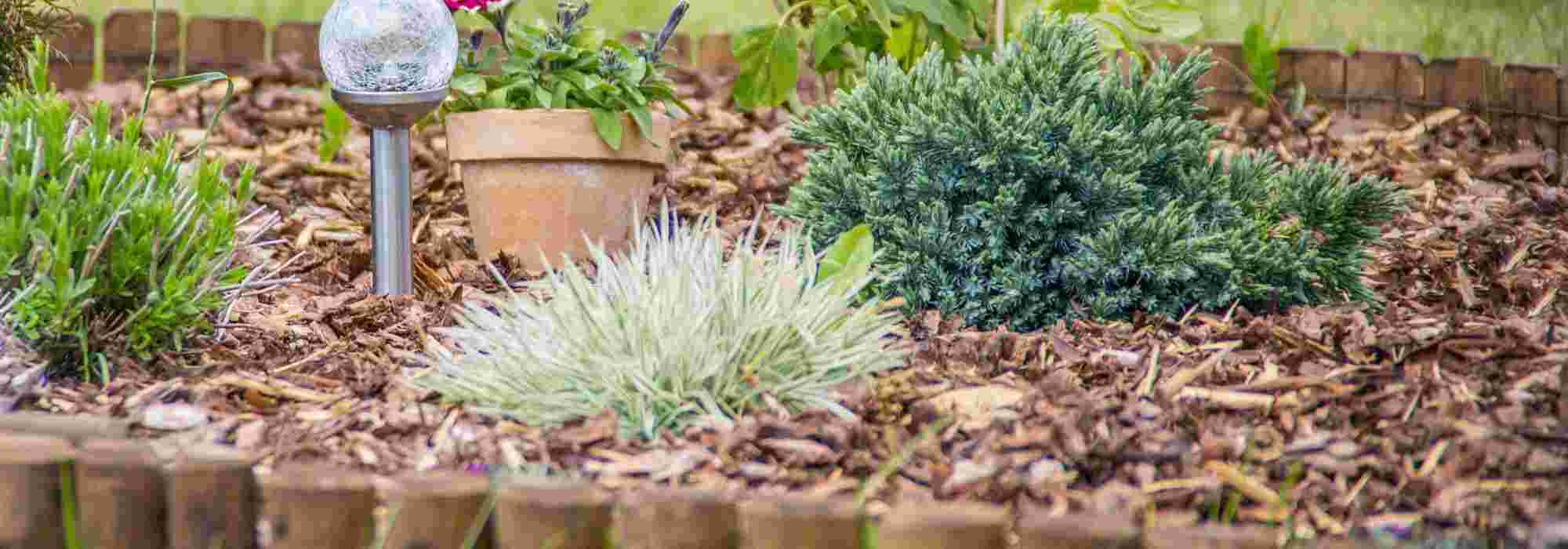
Which mulch for a slope or sloping bed?
Our tips
Contents
Many benefits of mulching are well established, from protecting soil in summer and winter, improving its structure through decomposition, reducing weeding and creating an attractive appearance. When you’ve landscaped an embankment or a bed created on a slope, choosing a mulch proves much trickier. Although often selected for its appearance, this choice should be guided more by the type of slope to manage, accessibility and materials, always taking plantings into account. Today there are, in any case, many mulching options, from mineral mulches to various types of mulching fabrics, and increasingly innovative materials.
Discover our advice for achieving satisfactory mulching on this particular garden configuration!
Steep slope: benefits of mulching fabrics
Your border or slope is considered steep when it generally requires steps or a flight of steps to cross it (from 20% gradient). This landscaped slope provides a beautiful setting for plant life, a distinctive situation often full of character commonly found in sloping gardens or on sites with significant level changes.
Sometimes earthworks haven’t necessarily been carried out to soften the slope at that precise spot. This configuration is therefore more difficult to access: your choice will mainly fall on materials that are durable over time.
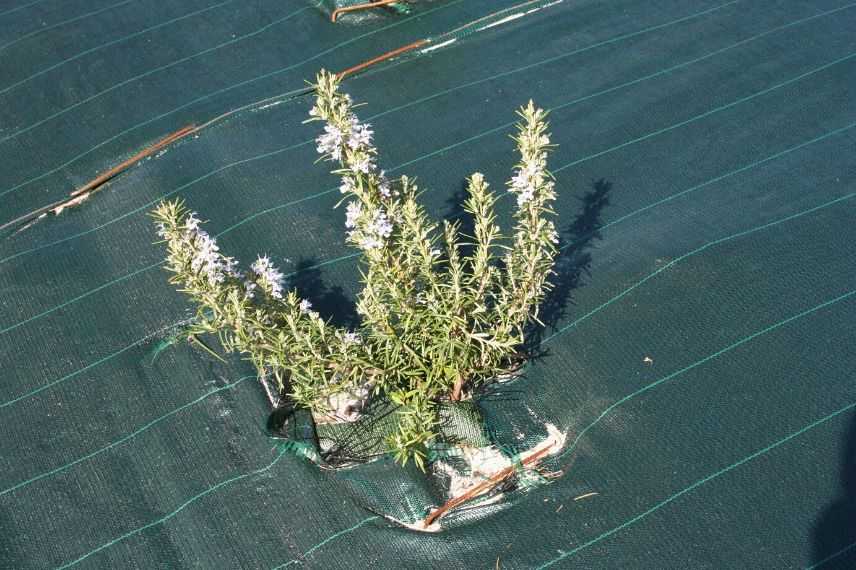
Mulching fabric
One can then consider:
Polypropylene mulching fabrics
These are woven plastic tarpaulins, in green, brown or black shades. They are commonly seen on many urban or peri-urban slope installations, as well as in market gardening or certain agricultural productions: these highly covering fabrics provide an excellent barrier against adventive plants. Despite their questionable aesthetic appearance and their low return of organic matter to plants, these polypropylene fabrics ensure good water penetration and reduce erosion. They are now UV-treated, which limits the chaotic decomposition previously experienced. For large slopes they are an interesting solution because they come in large dimensions and greatly reduce growth of undesirables. Featuring planting lines printed on the fabric, they finally offer great ease of use and installation.
For smaller areas, however, it is preferable to opt for biodegradable materials that will ultimately enrich the soil as they decompose.
New materials are very innovative and allow use in an organic garden; these are natural fibre mats available as rolls or slabs:
Hemp mulching slabs
They are a 100% natural solution particularly well suited to use on a slope or a border: the density of hemp and its ease of installation as slabs make it an ideal material for a slope or a steep border; their dimensions go up to 1 m² and they have a particularly effective coverage. These mulching slabs also offer interesting permeability. Another significant advantage, of course, is that they are biodegradable in about 18 months. This period allows plants to spread and develop sufficiently to ensure a plant cover on the slope, which will then no longer require mulching.
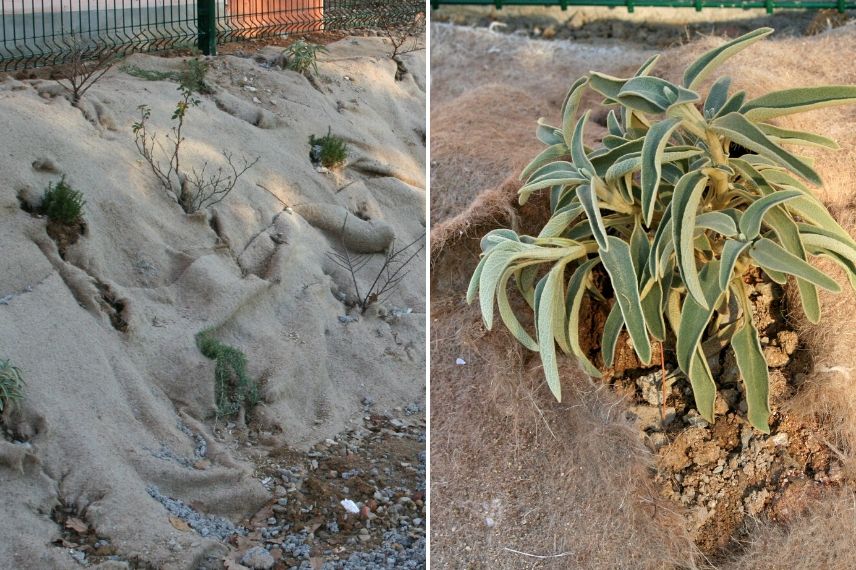
Biodegradable hemp mulch
Jute or linen mulching fabrics
These fabrics are a substitute for hemp, equally natural, with the same qualities, offering straw-coloured tones that are discreet and blend into the planting.
Discover mulch that meets your needs in our range of mulches for slopes.
Read also
Mulching: Why? how?For a gentle slope, opt for mineral mulch
On slopes not exceeding 10 to 15%, a mineral mulch, which has theadvantage of being heavy enough not to blow away or accumulate at bottom of too-steep bank, is an attractive option.
Crushed brick and slate mulch
Mineral mulch is ideal for dry-soil, rockery-type plants. Admittedly, these materials have drawback of not breaking down to enrich soil, and they can feel a little “cold”, but they are an interesting option if you have created a Mediterranean-style rockery, or beds retained by stone low walls, with a component of predominantly xerophilous plants (dry-soil species such as cistus, lavender or fescues): these plants do not need addition of humus, which increases water retention. It is also very interesting to combine these materials according to your local architecture and region (schist in western France, brick in north, etc).
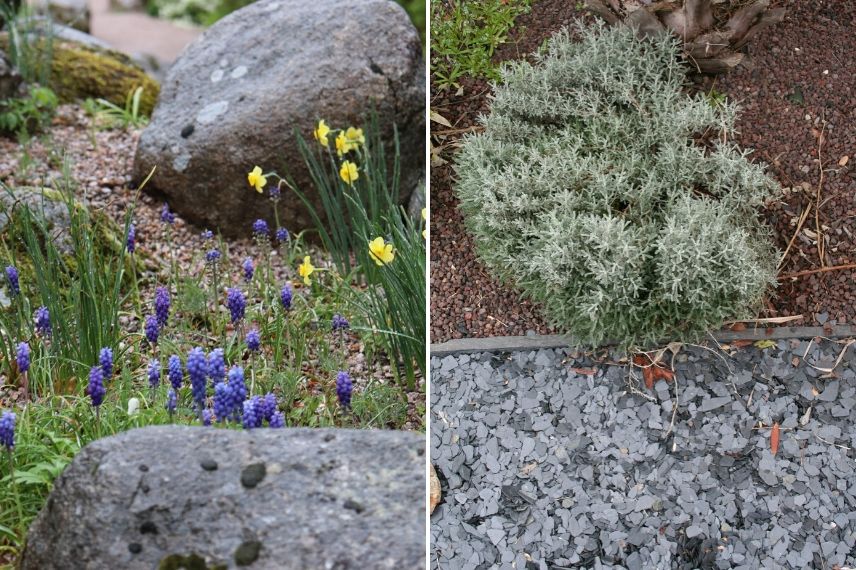
Mineral mulch is perfect in rockeries whether pebbles, crushed slate or pumice
Note that the many organic mulches that keep reinventing themselves are, however, poorly suited, because of their low density and tendency to be blown away. Pine bark, a little less prone to blowing away than miscanthus, buckwheat or coir mulches, may be suitable on a very gently sloping, small bank, in a planting of ericaceous plants, for acidifying the soil it produces. We advise watering an organic mulch before and after laying so it retains soil moisture, remains in good contact with surface and does not blow away at first gust of wind.
Discover other Conventional garden mulching fabrics
View all →Available in 1 sizes
Available in 1 sizes
Available in 2 sizes
Available in 2 sizes
Available in 3 sizes
Available in 2 sizes
Available in 2 sizes
Landscaping a sloping bank with groundcover plants
Generally, and for slopes or sloping beds, we recommend planting densely to minimise development of undesirable plants. Indeed, in this configuration, laying mulch can prove tricky and tedious.
Use of evergreen groundcover plants is wise to obtain in time a dense blanket bog for your sloping bed or slope. It will thereafter require less maintenance if you choose suitable plants with a creeping habit. Many bushes or perennials with an evergreen creeping habit, whose shoot is slow or, conversely, voluble, will dress sloping areas particularly effectively, all year round. This will save you from spending a lot of time weeding on a slope often difficult to access. Discover our favourite bushes for landscaping a slope.
That said, mulching often proves useful while plants establish!
- Subscribe!
- Contents
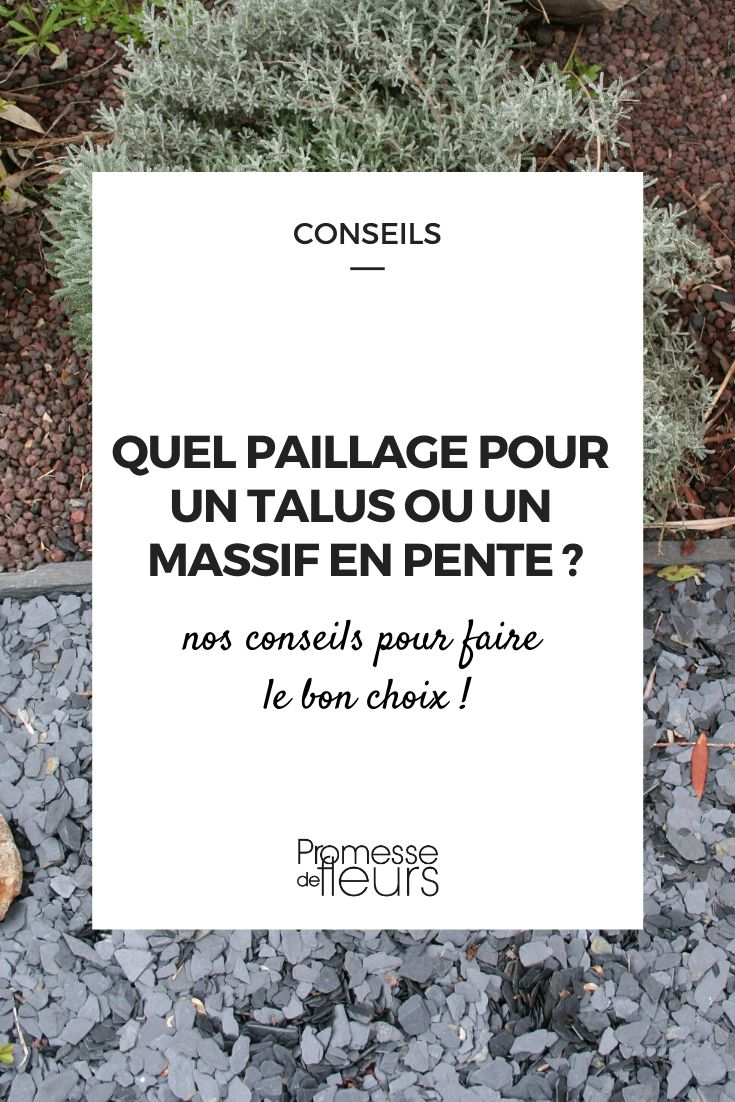































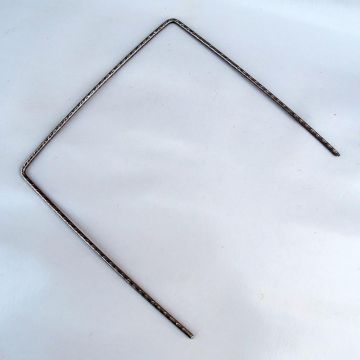
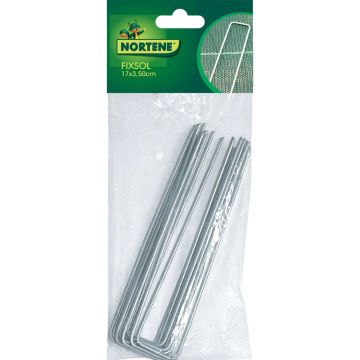
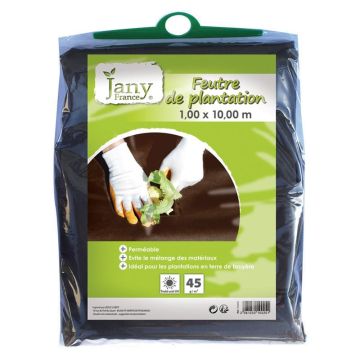
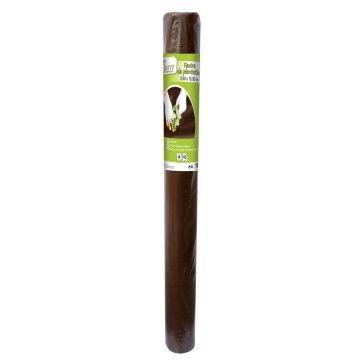

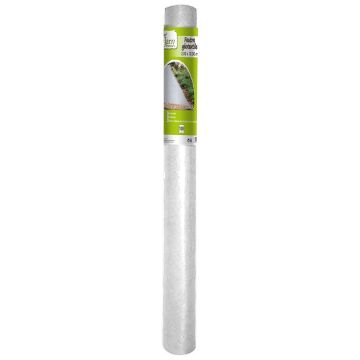
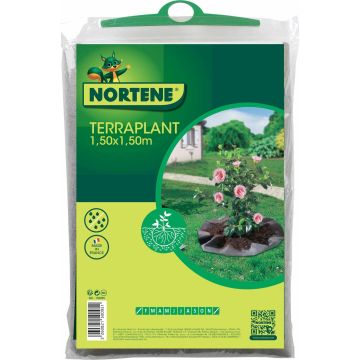
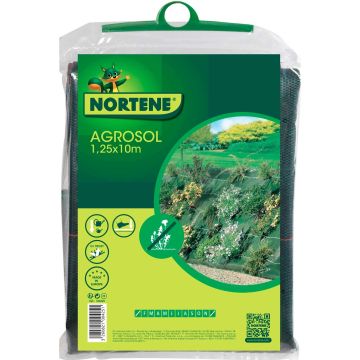
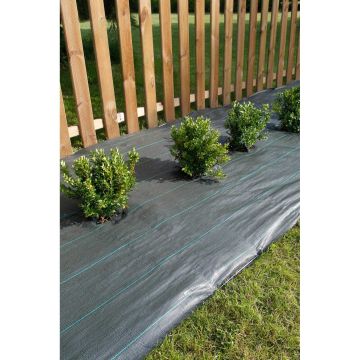
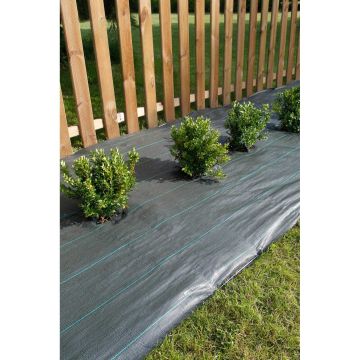
Comments